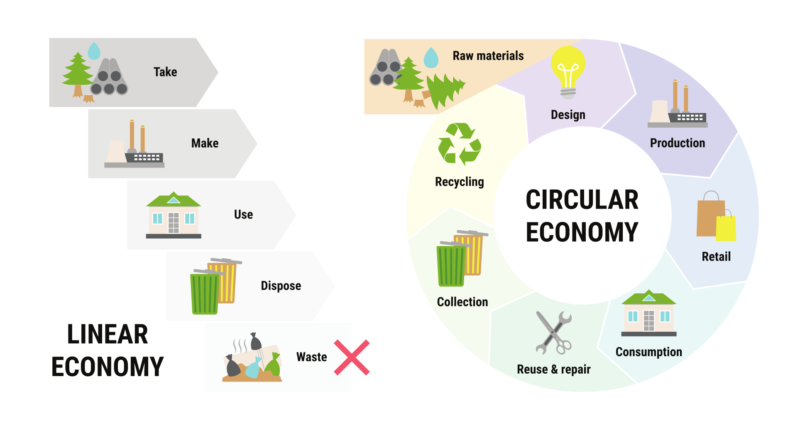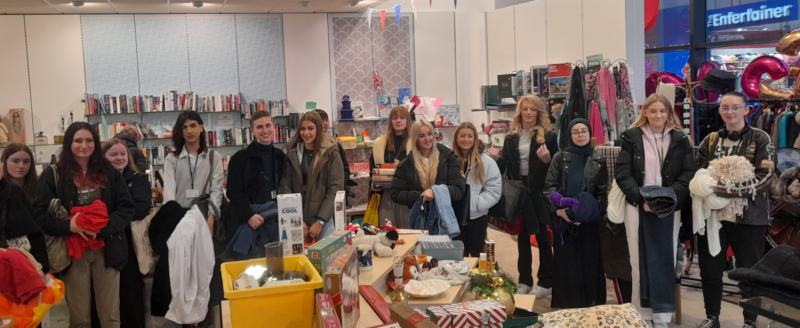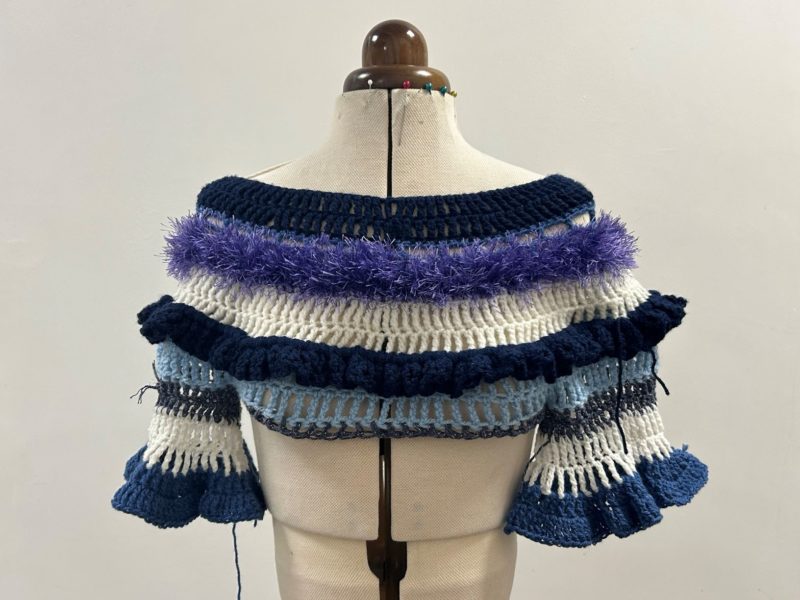Wednesday 20 March 2024
2024: Sustainability’s in, fast fashion’s out
The past 10 years has witnessed an explosion of consumption, particularly with personal goods such as clothing items. Not only has the amount of clothes we consume risen, but the life cycles of these garments have shrunk dramatically.
With a constant influx of trends saturating the market in short bursts, their ‘trendiness’ lasting only weeks, people are throwing out their clothes faster than they ever have before.
- Each year, it is estimated that the UK dispose of 300,000 tonnes of textile waste (House of Commons Environmental Audit Committee, 2019)
- Whilst clothing production has doubled, clothing use has declined by 40% (Ellen MacArthur Foundation, 2023).
- 8-10% of global greenhouse emissions come from the fashion and textiles industry (Filho et al., 2022).
Knowing the statistics and burden that the fast fashion industry puts onto the environment – something must change.
So, how do we become sustainable? What is a circular economy?
A circular economy in the fashion industry, conceives a system in which little to no clothes reach the incineration pot (like they do currently under a linear system). It envisions a closed loop, underpinned by sustainable practices – where clothes are made from recycled or renewable materials, made as durable as possible, bought and worn by people for a longer time and then, at the end of their lifespan, they are recycled, resold, rented or repaired.
The cyclic process ensures that the least amount of waste is created with materials simply re-joining the cycle through repurposing. It encourages the mass participation of individuals to adopt a more sustainable mindset and change their consumer behaviours.

To mark Sustainability Week 2024, we’re sharing some tips on how you can practice sustainability in fashion…
1. Change your behaviour:
Before you buy a new clothing item, ask yourself…
- Do I need it?
- Can I buy something similar second-hand?
- How many times will I wear it?
- Is it the most sustainable option?
2. Reuse:
If you do buy a new piece of clothing, make sure you wear it and keep it for as long as possible!
You could even let others borrow your clothes to maximise their use.
3. Repair and restyle:
- If a clothing item gets damaged, why not repair it? Sewing is a handy skill to learn so that you can mend your own clothes.
- If a piece of clothing doesn’t fit the same anymore, you could always restyle it. Tailors are still around to adjust any clothes that might not fit just right and there are many options, like Timpson, for shoe repairs.
4. Resell, donate or rent:
- Online retailers such as eBay, Vinted and Depop allow users to resell their own clothes in a quick and easy way.
- Donations to charities can be made at drop-off points or via collection services.
- Renting clothes is becoming a more popular avenue of reusing clothing items – Hirestreet and By Rotation are two online examples.
5. Recycle:
If you feel like a clothing item in your wardrobe is coming to its end and is not suitable for any of the solutions above, ensure it will be recycled.
Recycle Now can tell you if you can currently recycle clothes and textiles at home or at any local drop-off locations.
How have students at the Group been involved so far?

At the Group, our Level 3 Fashion Textile students have teamed up with Community Foundation Wakefield District to create and help promote sustainable fashion.
As part of this partnership, the students took on a project in which they transformed unwanted clothes or fabrics that had been donated to the charity and used their technical sewing skills to reinvent the materials into brand new garments and accessories.
The items are now being displayed at the charity shop window in Wakefield, helping to encourage shoppers to buy second-hand items.
I was excited to work with Community Foundation Wakefield District because I go to charity shops quite a lot and I’d seen people recycling yarn in different ways from charity shops. When we were asked to choose garments from The Give Box to make our pieces, I selected items that I could make into some sort of yarn to crochet with. I really enjoyed this project because it gave me the opportunity to practice new skills and recycle t-shirts and make them into something completely new.

We try to promote sustainability in everything we do, so this collaborative project was perfect in terms of avoiding landfill, re-use, repurpose and giving something old a new lease of life. The students were brilliant, and several of them are now regular visitors to look at what they can upcycle and individualise from our range of clothes. The plan is to sell or auction the items that the students created to put funds back into the community.
Through this community-led repurposing project, the students closed the loop of the current clothes cycle, and reinvested the materials back into use – demonstrating a circular economy and creating real, sustainable fashion.
How will you be joining the sustainable fashion movement?







